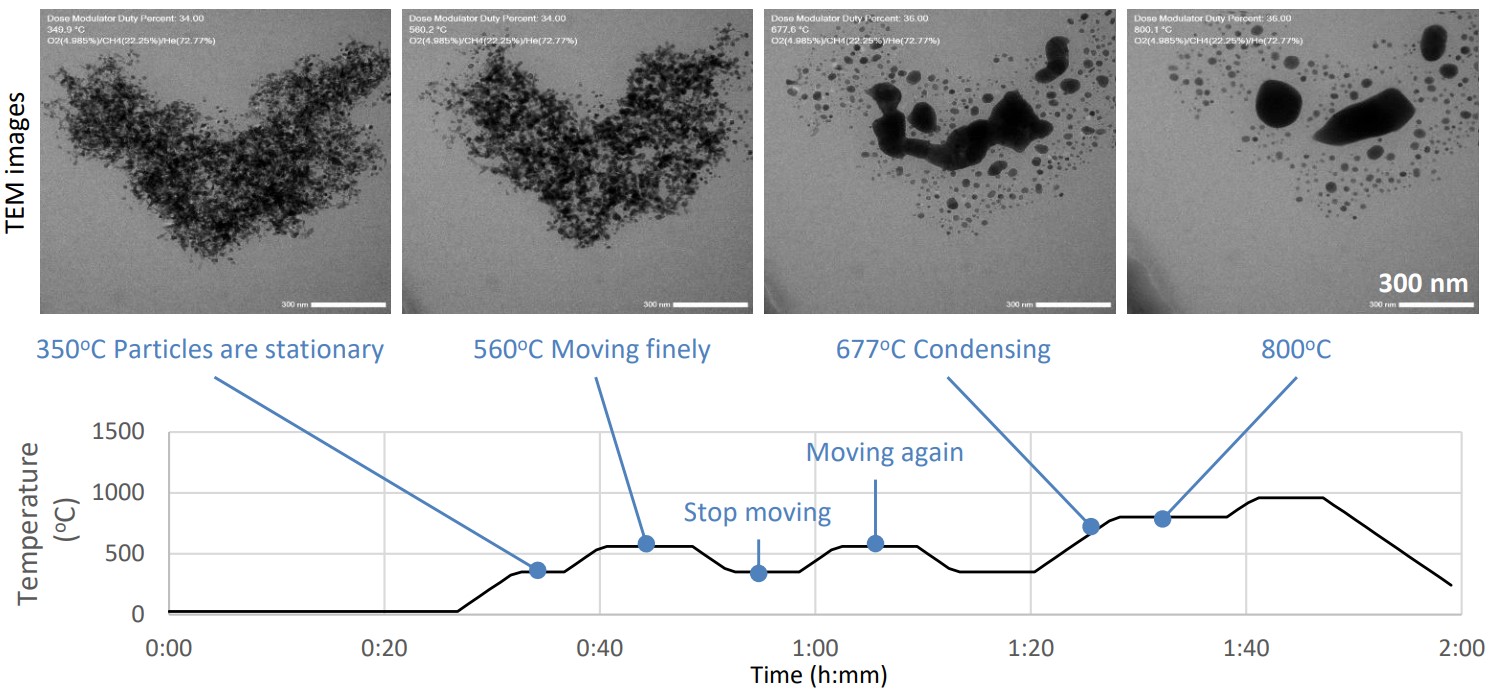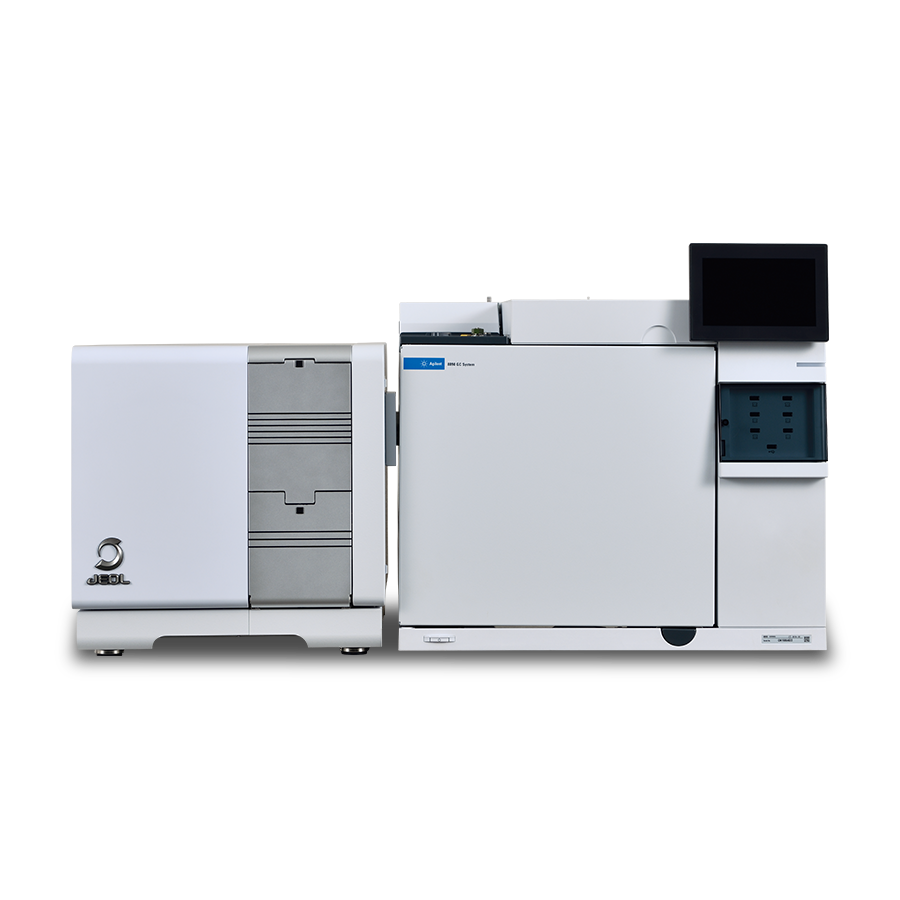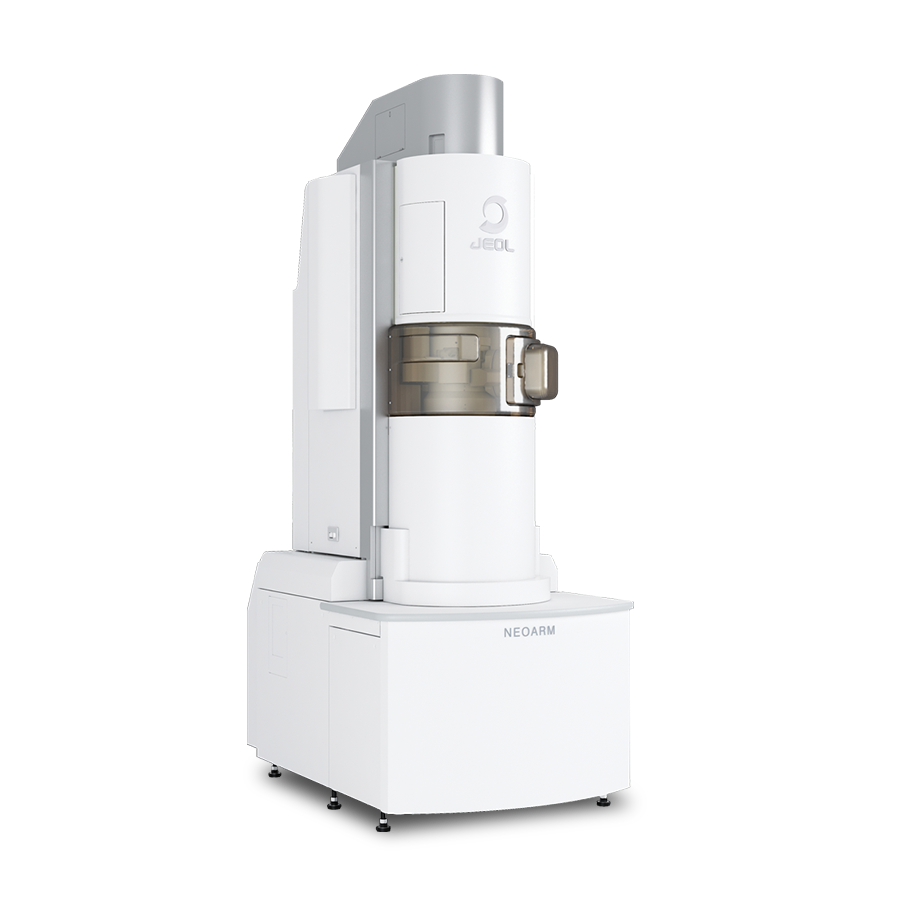Observation of Pd catalytic reactions using an in-situ gas reaction observation system that connects a transmission electron microscope (TEM) and a mass spectrometer (MS)
MSTips No. 455
Introduction
By using a MEMS-Chip type sample holder, it has become possible to observe samples under conditions similar to those in which they are actually used, such as high pressure or underwater, even with general-purpose TEM. Furthermore, by combining it with gas analysis equipment such as MS, it has become possible to perform TEM observation and generated gas analysis simultaneously. In this MSTips, we will report on the reaction observation of palladium (Pd), an exhaust gas purification catalyst, by connecting JMS-Q1600GC to JEM-ARM200F equipped with an in-situ sample holder manufactured by Protochips.

Figure 1 In-situ gas reaction observation system
Experiment
Commercially available Pd nanoparticles were used as the sample. Methane (CH4) and oxygen (O2) were supplied as material gases to the in-situ sample holder, and TEM observation and MS gas analysis were performed simultaneously while heating in the range of 25 to 960℃ (holding and cooling as necessary). Table 1 shows the measurement conditions for each device.
Table 1 Measurement conditions

Results
Figure 2 shows the heating program for the in-situ sample holder (middle), TEM image (upper), and SIM chromatogram at m/z 44 (CO2) (lower). At around 560℃, CO2 generation was observed at the same time as fine vibrations of Pd particles. These behaviors stopped when cooled, and reappeared by heating again. Upon further heating, condensation of Pd particles was observed.


Figure 2 TEM images (upper), Temperature of in-situ sample holder (middle), SIM chromatogram at m/z 44 (lower)
Figure 3 shows the SIM chromatograms at each monitor ion between sample holder temperatures of 350→560→350℃. A decrease in methane (CH4) and oxygen (O2), which are material gases, and an increase in water (H2O), carbon monoxide (CO), and carbon dioxide (CO2), which are product gases, were observed.

Figure 3 SIM chromatograms at each monitor ions
Conclusion
These results will be important in analyzing the mechanism of Pd-catalyzed reactions and optimizing conditions. The in-situ gas reaction observation system combining JEM-ARM200F and JMS-Q1600GC is expected to be useful in the analysis of highly functional materials such as catalysts.
Solutions by field
Related products
Are you a medical professional or personnel engaged in medical care?
No
Please be reminded that these pages are not intended to provide the general public with information about the products.


